
5 Tips for Better Indoor Air Quality
The indoor air quality affects the health and comfort of your space. Poor indoor air quality cause symptoms such as headache, fatigue, nausea, and eye and throat irritation. Also, it has long-term side effects, such as producing inflammation in the lining of your lungs that lead to respiratory ailments. You can maintain good indoor air quality by identifying and addressing the sources that lead to poor air quality. Furthermore, you should inspect heating systems, vents, or ductwork to identify sources of pollutants or allergens. If you live in an area with high outdoor pollution levels, you should consider taking additional steps that include filter replacement and sealing windows and doors to prevent outside air from entering the home. Indoor air quality is an essential factor for your general health and well-being. Keep reading to learn five tips for achieving better indoor air quality.
1. Proper Maintenance of HVAC System
Utilizing an air cleaner is a smart way to improve the quality of the air in your home or office. Air cleaners work by capturing airborne particles, like dust, pet dander, and other allergens that can cause poor air quality. Additionally, many air cleaners are equipped with HEPA filtration which traps tiny particles that may be harmful to your health. Air cleaners also have activated carbon filters which reduce odors by trapping volatile organic compounds found in smoke or paint fumes. By investing in an air cleaner, you will breathe easier and feel less fatigued due to improved air quality. Consider combining an air cleaning device with other methods of improving indoor air quality.
The type of filter you use and its location within the house are factors that contribute to proper airflow. Maintain good indoor air quality by regularly checking and changing your filters according to the manufacturer’s instructions. You can change them if they appear noticeably dirty or clogged with debris.
Having effective air duct cleaning is essential for the efficiency and health of your HVAC system. It helps improve air quality, reduce allergens, and keep your monthly utility bills lower. Regular maintenance of your ductwork means that less dirt, dust, and other contaminants are sent through the ventilation system which keeps it running longer. The EPA recommends getting your ducts professionally cleaned every three to five years, but this depends on certain factors such as lifestyle, degree of contamination in the home or place of business, age of the system, and recent remodeling projects. Cleaning your ductwork helps make your living environment safer and healthier for all who live there.
2. Ventilate Your House and Vacuum rugs
Fresh air removes stale air particles such as pet and cooking odors, two leading causes of poor air quality. Opening windows at certain times of the day and running fans increases fresh air circulation throughout your home or office. Keep any HVAC system up to date with regular maintenance from a professional technician. By ventilating your home and updating HVAC systems, you create an environment with better quality air for everyone to enjoy.
Limiting the number of volatile organic compounds (VOCs) in your space improves air quality too. VOCs are known airborne toxins that cause various health issues. When purchasing materials for your home such as cleaning supplies, paints, cosmetics, and furniture products, ensure they are low-VOC or non-toxic and opt for natural versions whenever possible.
Vacuuming carpets and rugs often reduce the home’s dust, dirt, and allergens. You should vacuum the house to remove particles from high traffic areas and avoid leaving dust behind. Cleaning hard surfaces with a damp cloth also reduces airborne dust and eliminates odors from pets or cooking.
3. Use Houseplants and Test for Radon
Houseplants are natural air purifiers that improve the air quality in your home and workspace. Each plant has its unique air-cleansing ability. Some capture formaldehyde, carbon monoxide, benzene, xylene, and even ammonia from various surfaces. According to a study, plants from the genus Dracaena impact indoor air quality due to their remarkable absorption abilities. Houseplants also come with other benefits such as offering natural decoration, soothing sounds when their leaves rustle in the wind and improving focus when you work.
Radon is a colorless, odorless gas found in small concentrations in the atmosphere. It seeps into buildings through cracks and other openings and causes serious health issues if left unaddressed. Professional radon tests by a certified technician can help determine whether this hazardous gas is elevated in a home. The test uses radon detectors around the area, measuring air patterns over time and providing precise results. An immediate reaction should be taken if levels of radon exceed safety thresholds. Preventive steps such as sealing up entrances and using ventilation systems are necessary for mitigating potential risks. Running a radon test safeguards individuals from the detrimental effects of excessive exposure.
4. Get Rid of Pests
Investing in healthy practices such as getting rid of pests is essential to ensuring the air quality around you remains optimal. Invest in proper waste management and cleaning practices, and only select pets suitable for indoor living spaces. Place physical barriers like screens on the windows and doors to prevent pests from entering. Ensure that rented or purchased houses are checked for signs of pest infestations. Pests reduce air quality and add potential allergens to your habitat. You must remain vigilant and proactive when protecting your air quality from pests so that you continue to enjoy a healthy lifestyle at home.
5. Regulate Humidity and adopt a No-Smoking Policy
Humidity is more than feeling uncomfortable on hot days; it affects air quality and can be an issue in many households. Too much humidity creates a conducive environment for the growth of mold and dust mites, both of which cause respiratory problems. Furthermore, high humidity levels affect furniture, causing the wood to warp or shrink over time as moisture seeps into each piece. Take some steps to get rid of humidity and improve air quality in your home. These steps include using dehumidifiers to reduce overall moisture content in the air. Having proper ventilation and ensuring the temperature remains consistent throughout your building. Another step is regular cleaning to eliminate sources of mold.
Adopting a no-smoking policy is essential for improving air quality. Harmful pollutants released from cigarettes and other tobacco products such as particulate matter, nitrogen oxides, and carbon monoxide, affect people’s health in indoor spaces. Restricting indoor smoking on public premises, enclosed workplaces, and other public areas helps ensure the air is free from these toxins. Smoke-free areas also play a crucial role in combating second-hand smoke and reducing its adverse effects on humans. By fostering an environment that encourages healthy habits such as avoiding tobacco use, people get motivated to switch to safer alternatives.
Contact the Professionals
As a resident of Gainesville, GA, it is vital to ensure that the air quality in your home is healthy. Unfortunately, indoor air pollution leads to various health issues such as allergies, asthma, and headaches. Thankfully, [company_name] can help you improve the indoor air quality in your home. We offer various services including air purification, duct cleaning, and HVAC maintenance. Our experienced technicians will identify sources of indoor air pollution, recommend solutions, and help you make the necessary changes. Contact us today to learn how we can help you create a healthier living space.
Table of Contents
More Articles
Categories

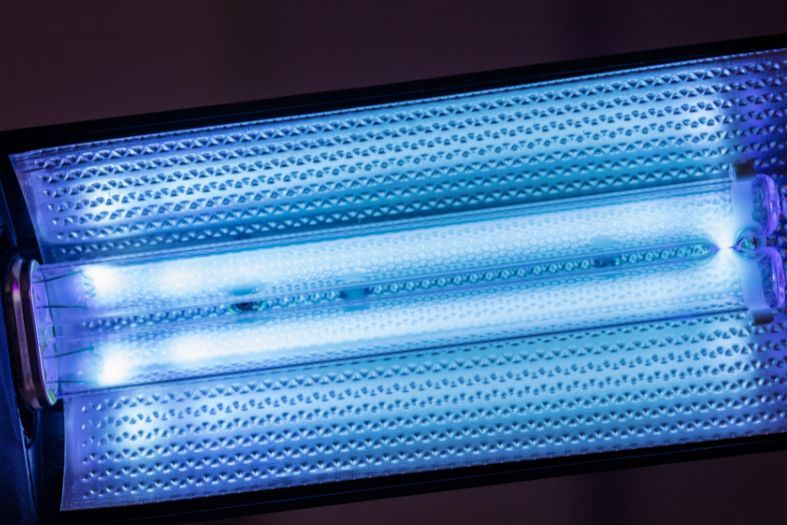
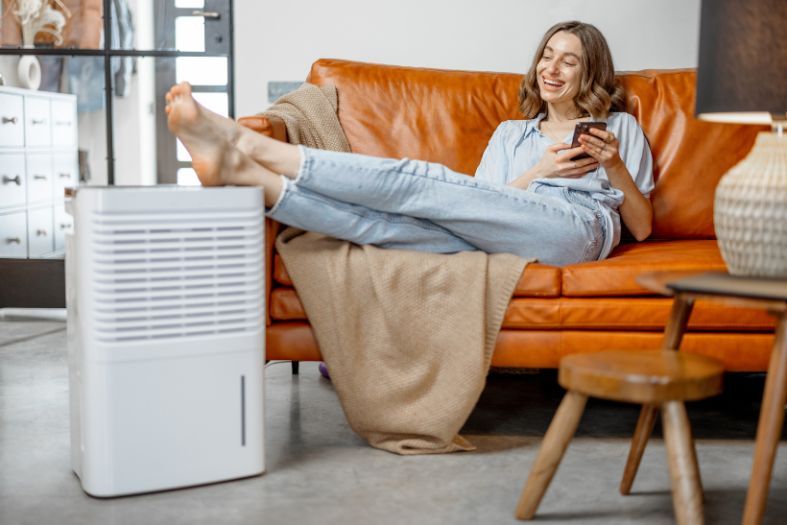
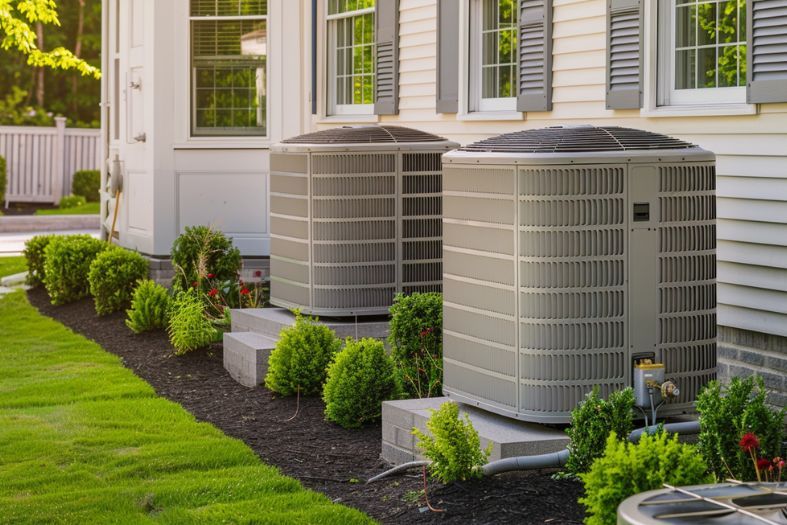
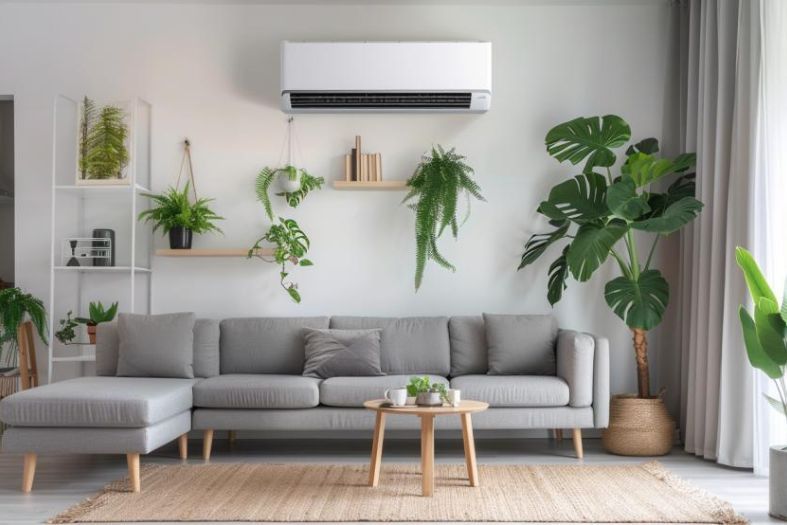
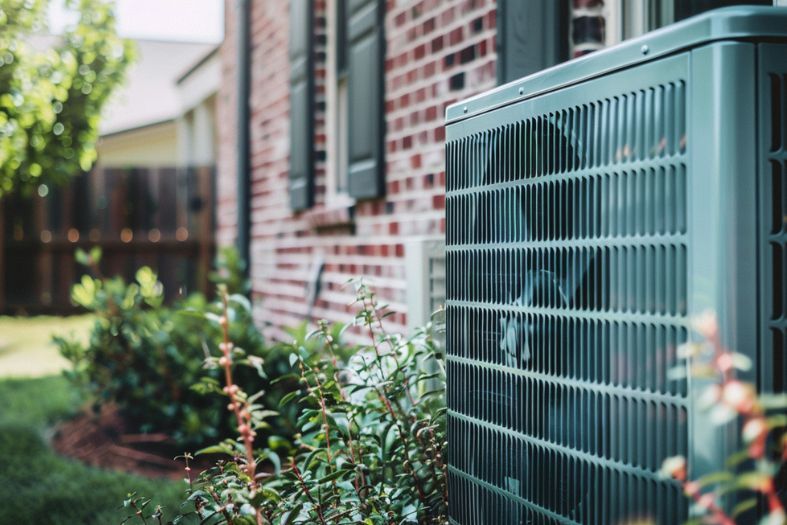
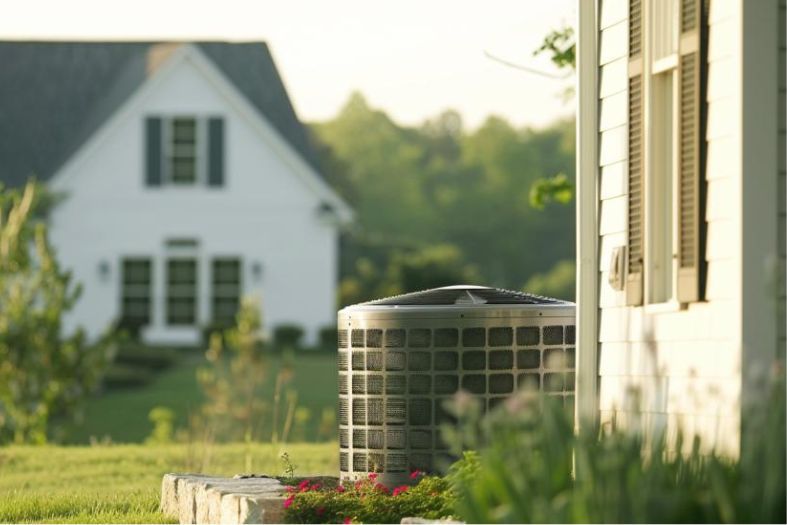

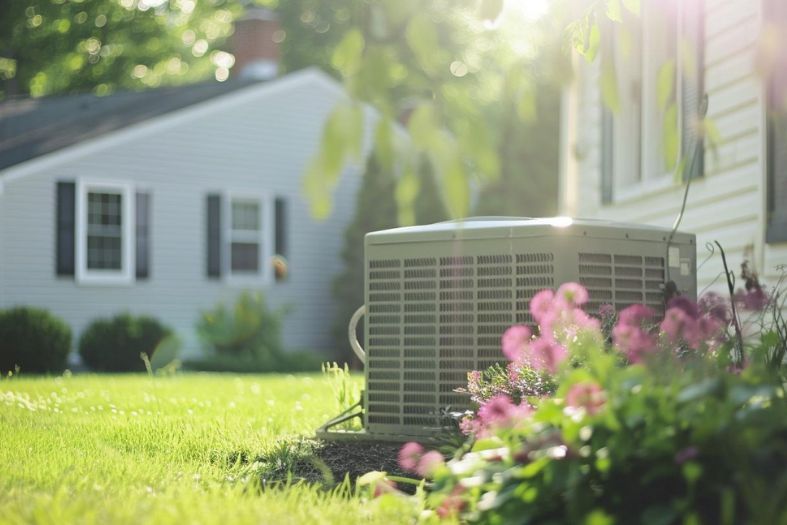
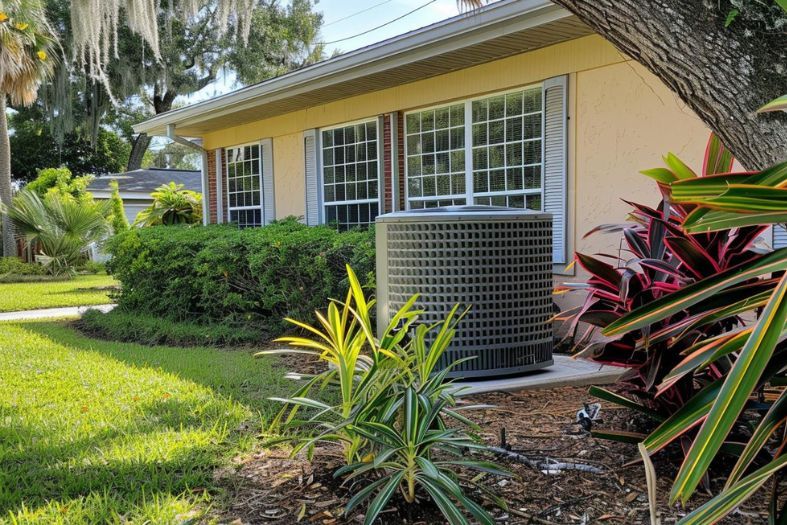

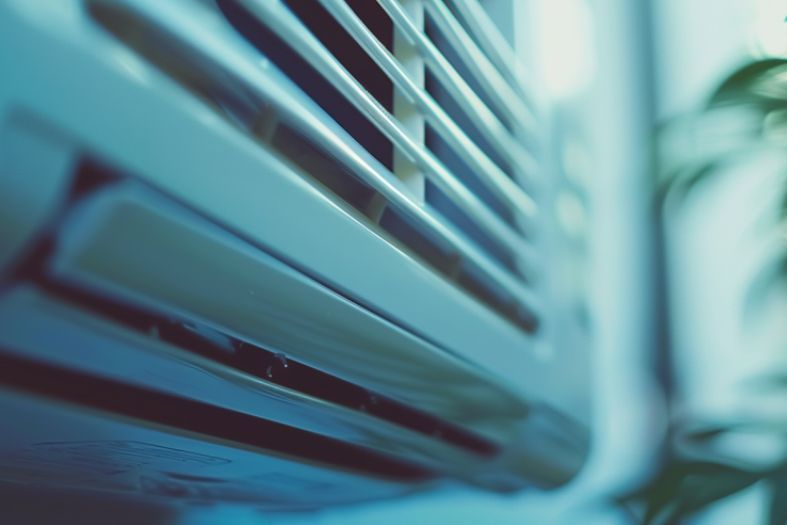
Leave a Reply